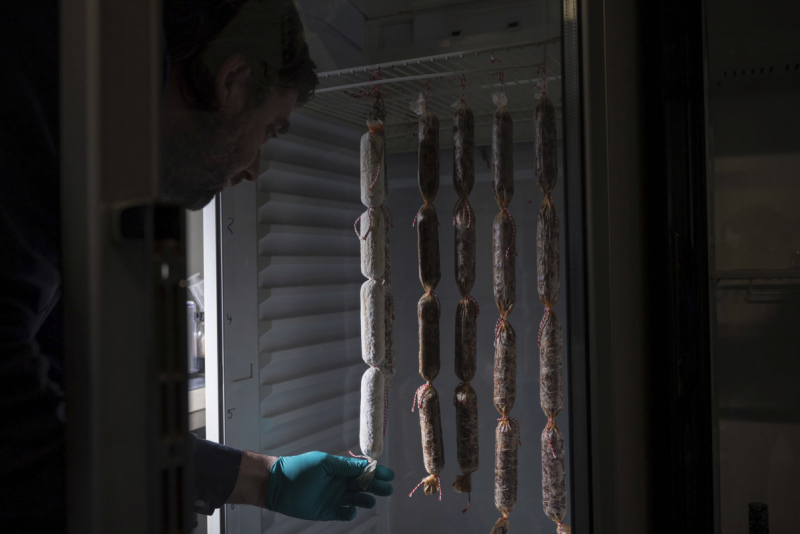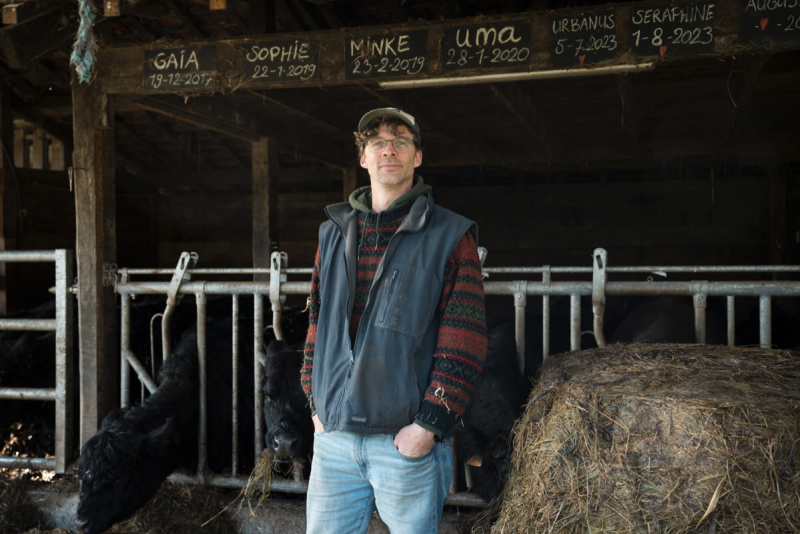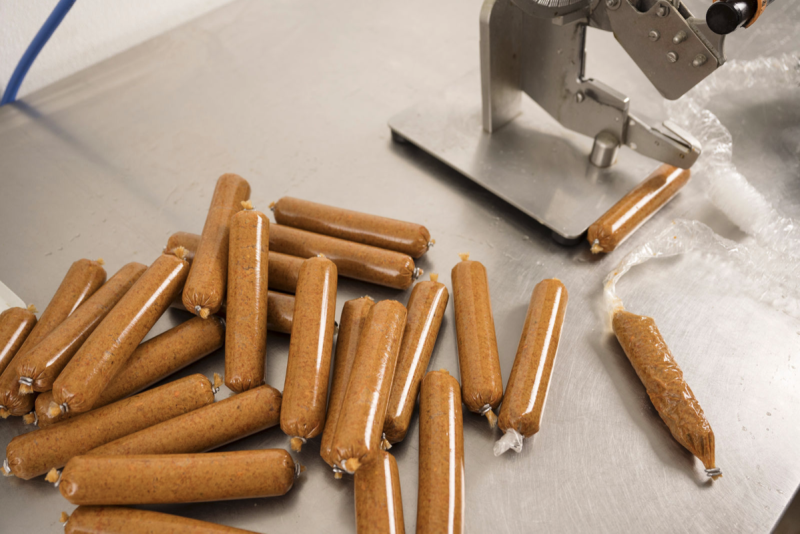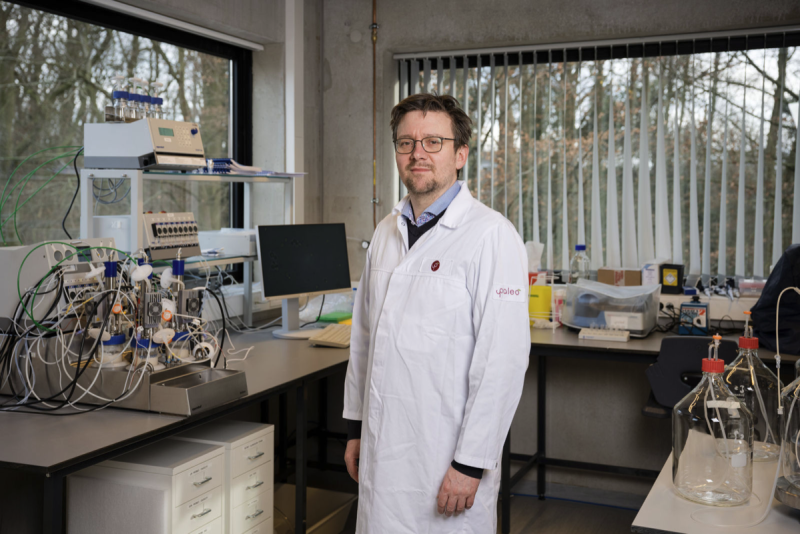Fermentation is an ancient technology. Even before he grew his own grains, man probably made something similar to bread. We take it a step further by using fermentation to make an animal protein, without any animal involved.
Fish is the main source of protein worldwide. But fish catches are declining and could well implode. If you create the right conditions and provide nutrition in a bioreactor, you can make animal cells multiply in it.
Insects contain twice as much protein as beef, but need much less feed, water and land, and they emit much less CO2. Right now, they are mainly used as animal feed, in which they are a much more nutritious source of protein than the surplus meat otherwise contained in them, but there are plenty of possibilities for humans too.
Elske Gravensteijn, Eva Kestemont, and Sarah Van Looy go in search of tomorrow's meat.
Photo: © Sarah Van Looy







